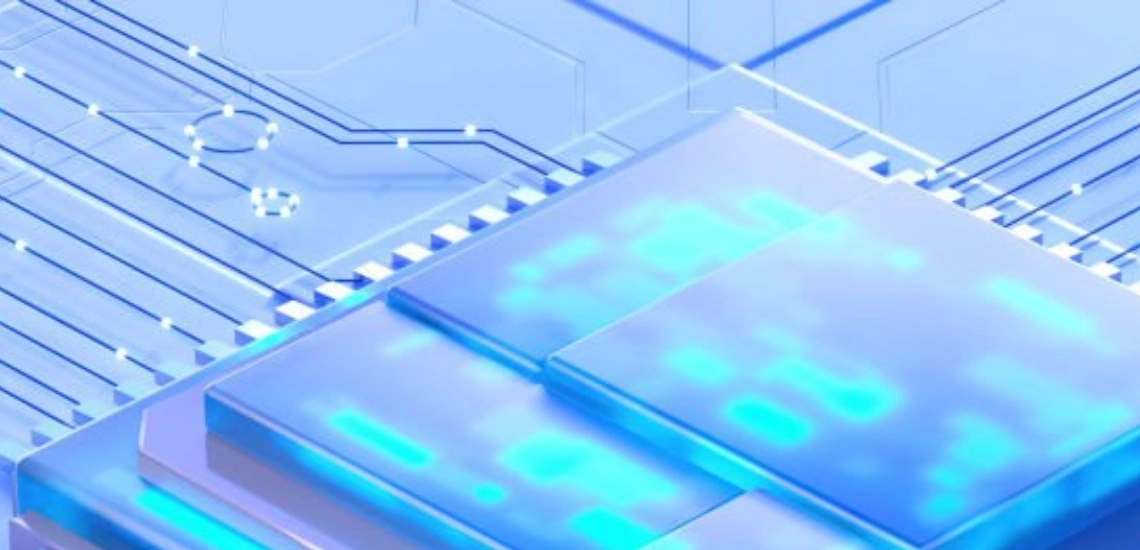The relentless miniaturization of the semiconductor industry pushes the boundaries of innovation, demanding ever-greater precision and efficiency. Traditionally, intricate tools and specialized components have been sculpted from solid metal through laborious subtractive machining, a process inherently limited by material removal and design complexity. Now, transformative technology is ushering in a new era of tool design and fabrication: additive manufacturing, more commonly known as 3D printing.
In the pristine heart of the cleanroom, 3D printing is no longer a futuristic gimmick, but a powerful tool. It allows engineers to build complex geometries directly from digital models, layer by layer, using a variety of materials: from robust metals like titanium and nickel alloys to heat-resistant polymers and biocompatible resins. This opens a new dimension of possibilities for creating custom parts, jigs, and fixtures specifically tailored to the needs of semiconductor tools.
Benefits beyond the Box
The integration of 3D printing into tool design offers a range of compelling benefits:
- Reduced Lead Times: Traditional machining can be time-consuming, often involving long wait times for specialized parts. 3D printing allows for on-demand fabrication, significantly reducing lead times and accelerating production cycles. This can be crucial for minimizing downtime and improving equipment availability.
- Improved Functionality: 3D printing lets engineers design parts with intricate features and internal channels, impossible to achieve with conventional machining. This unlocks new possibilities for optimizing tool performance, enhancing cooling efficiency, and integrating functionalities within single components.
- Lighter Weight Components: 3D printing allows for the creation of hollow structures with internal lattices, dramatically reducing weight without compromising strength. This can be critical for minimizing inertial loads on delicate handling mechanisms and improving tool maneuverability.
- Cost Optimization: While material costs for 3D printing can be higher, the reduced machining time, optimized material usage, and minimized waste often lead to lower overall production costs. Additionally, the ability to rapidly prototype and iterate designs before large-scale production cuts down on costly failures and rework.
- Design Freedom: Unlike traditional methods with inherent manufacturing limitations, 3D printing empowers engineers to push the boundaries of design innovation. Organic shapes, conformal cooling channels, and complex internal features become readily achievable, unlocking a new era of tool engineering possibilities.
3D Printing Advances: Real-World Applications in Semiconductor Tools
3D printing transcends mere prototyping in the world of semiconductor tools. It opens the door to a plethora of real-world applications:
- Custom Jigs and Fixtures: Delicate handling of wafers and masks requires precise positioning and support. 3D-printed jigs and fixtures can be customized to the exact specifications of specific tools and components, ensuring perfect alignment and minimizing the risk of damage.
- Cooling Solutions: Intricately designed internal channels within 3D-printed components can improve heat dissipation within tools, preventing thermal issues and prolonging equipment lifespan. This is particularly crucial for high-power lasers and sensitive processing modules.
- Lightweight End Effectors: 3D-printed end effectors for robotic arms can be lighter and more maneuverable, enabling precise handling of delicate components and reducing inertial loads on robotic systems.
- Tool Repair and Retrofit: Replacing worn-out or damaged parts often requires lengthy delays and specialized tooling. 3D printing simplifies this process, allowing for on-site fabrication of replacement parts and rapid tool refurbishment, minimizing downtime and maintenance costs.
Toward the Next Generation
As 3D printing technology continues to evolve, its impact on semiconductor tool design will only deepen. Future possibilities include:
- Smart Tools with Integrated Sensors: Embedding sensors within 3D-printed components can create smart tools capable of real-time performance monitoring, predictive maintenance, and adaptive process control.
- Multi-material Printing: Combining different materials within a single print allows for tailored functionalities within components, such as wear-resistant surfaces coupled with lightweight internal structures.
- Nano-scale 3D Printing: As resolution limitations continue to be pushed, 3D printing could potentially enable the creation of microscale and nanoscale tool components, opening up a new frontier in chip fabrication.
The Future is Printed
The integration of 3D printing into semiconductor tool design marks a new chapter in the quest for greater precision, efficiency, and innovation. Its ability to overcome traditional manufacturing limitations and unlock groundbreaking design possibilities makes it a game-changer for the future of chipmaking. From custom jigs and fixtures to next-generation smart tools, 3D printing is no longer a futuristic buzzword but a transformative technology shaping the very tools that build the technological landscape of tomorrow.





